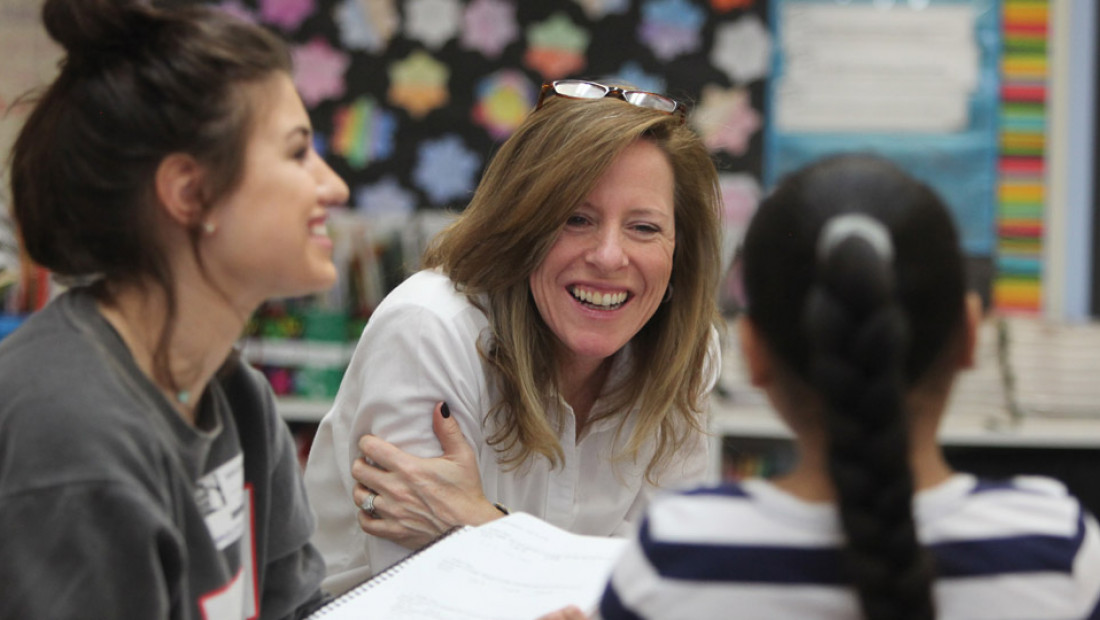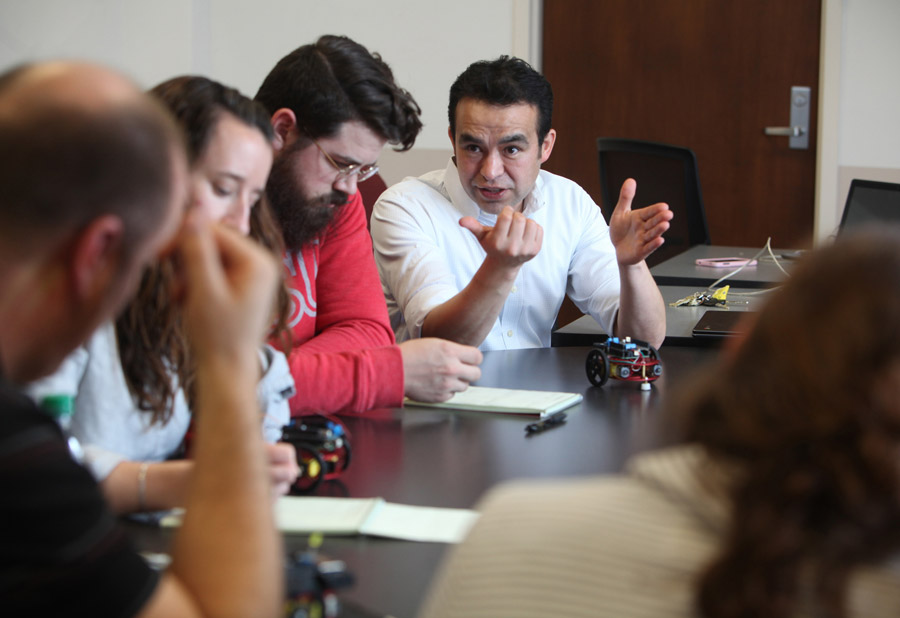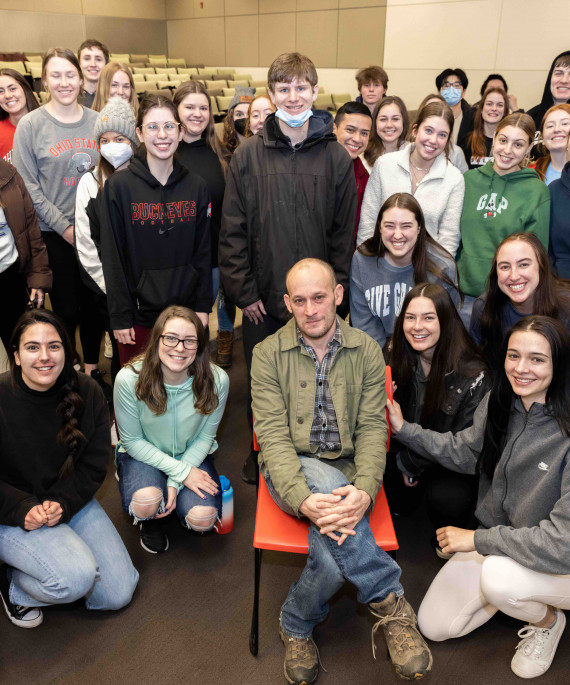
The release of the 2020 rankings by U.S. News and World Report’s Best Graduate Schools recognized the continuing and growing excellence of the College of Education and Human Ecology’s high-quality teacher preparation and research-oriented doctoral and master’s degree programs.
“Our rankings are high because, as Ohio State, we attract world-renowned faculty who give our students rigorous, exceptional research experiences with an emphasis on social justice,” said Christian Faltis, professor and chair of the Department of Teaching and Learning. “Our faculty use cutting-edge research methods that take into account the complexities of teaching and learning.”
The rankings
- The Elementary Education program is No. 9 in the nation.
- The Secondary Education program is No. 9.
- The Curriculum and Instruction ranks No. 8.
Faculty researchers and their graduate students conduct research with practicing teachers, often providing professional development in the schools as part of a study. Graduate students learn about the dynamics of the classroom as well as those among teachers and students.
The high rankings also reflect the college’s diverse opportunities to broaden study across disciplines or into specialty areas, which expands our graduates’ expertise, Faltis said.
For instance, students may boost their understanding and practice by adding unique graduate interdisciplinary specializations.
“Employers in both the academic and corporate worlds are impressed by job candidates with expertise across subject areas,” said Ann O’Connell, the professor who directs the Graduate Interdisciplinary Specialization in Quantitative Research Methods. Additional specializations include College and University Teaching and Teaching in Virtual Environments.
Jungmin Lee, a doctoral candidate and graduate teaching associate, values her program in Language, Education and Society because “it emphasizes important social justice issues,” she said. “The unique part of the program is that it incorporates diverse subfields, such as visual impairment, early and middle childhood education and bilingual education, as they relate to education and society more broadly.
“This enables us to be inspired by diverse scholarship and to collaborate with one another for greater insight,” she said.

Graduate educator programs offer high-quality teacher preparation
The one-year Master of Education (M Ed) program allows learners to gain the knowledge and skills for an initial, four-year Ohio license while completing graduate studies and research in a chosen field.
“A good teacher education program must have good connections with local schools to place its many student teachers, and we have those connections,” Faltis said. “We offer students a two-semester-long, apprenticeship-like experience. They get a lot of exposure to real students, classrooms and issues with a mentor teacher and supervising teacher.”
Tami Augustine, director of teacher education at the Columbus campus and a clinical associate professor, said the use of cohorts, one for each program, adds support.
“Our MEd students (in each program) take classes together,” Augustine said. “It’s their first professional learning community. They build relationships that often will continue for years.” Students also have a faculty advisor, as well as a program manager who guides them through day-to-day requirements.
Augustine said MEd students spend extended time in a foundational classroom, which allows them to develop the important pupil relationships needed to build community and aid in student learning. They see students’ growth across the entire school year, not just snapshots.
“For different programs, our MEd students also have short-term placements to gain experience in different settings,” Augustine said, “but the one classroom remains their home classroom for the year.”
For instance, students preparing to be teachers in areas such as social studies, English, and science, technology, engineering and mathematics have a mid-fall placement in a middle school.
Daniel Redman, ’16 MEd, said the Integrated Social Studies program prepared him to be on the cutting edge of best practices. He learned about current theory and how to apply it to practice in a manner that reflects the profession’s latest thinking.

“But perhaps more importantly, the program taught me to reflect on my teaching and the role I play in my community,” he said, “helping to shape me into the kind of person who can really make a difference in the lives of students and colleagues alike.”
The high rankings from the field also recognize program offerings that do not exist elsewhere. The MEd in Visual Impairments is the only program in Ohio to address the shortage of trained teachers with this expertise. A grant offers full tuition for those wishing to serve this population of students.
Education specialist degrees, master of arts and endorsements
The high U.S. News rankings illustrate why practicing teachers return to Ohio State to enhance their expertise through graduate programs tailored for educators in such roles.
Education Specialist (EdS) degrees equip practicing teachers who have master’s degrees to pursue leadership roles in their schools. The college’s eight choices range from Adolescent, Postsecondary and Community Literacies to Science, Technology, Engineering and Mathematics.
The nonlicensure, Master of Arts allows practicing educators to study theory and practice on a flexible schedule. Eight specializations are offered, ranging from Reading and Literacy in Early and Middle Childhood to Sensory Impairments and Inclusion.
Five teaching endorsements are options to add to an existing Ohio teaching license.
“The newest endorsement enhances knowledge and practices in Teaching English to Speakers of Other Languages (TESOL),” Faltis said, “and more endorsements will be approved soon — for example, a bilingual endorsement.




